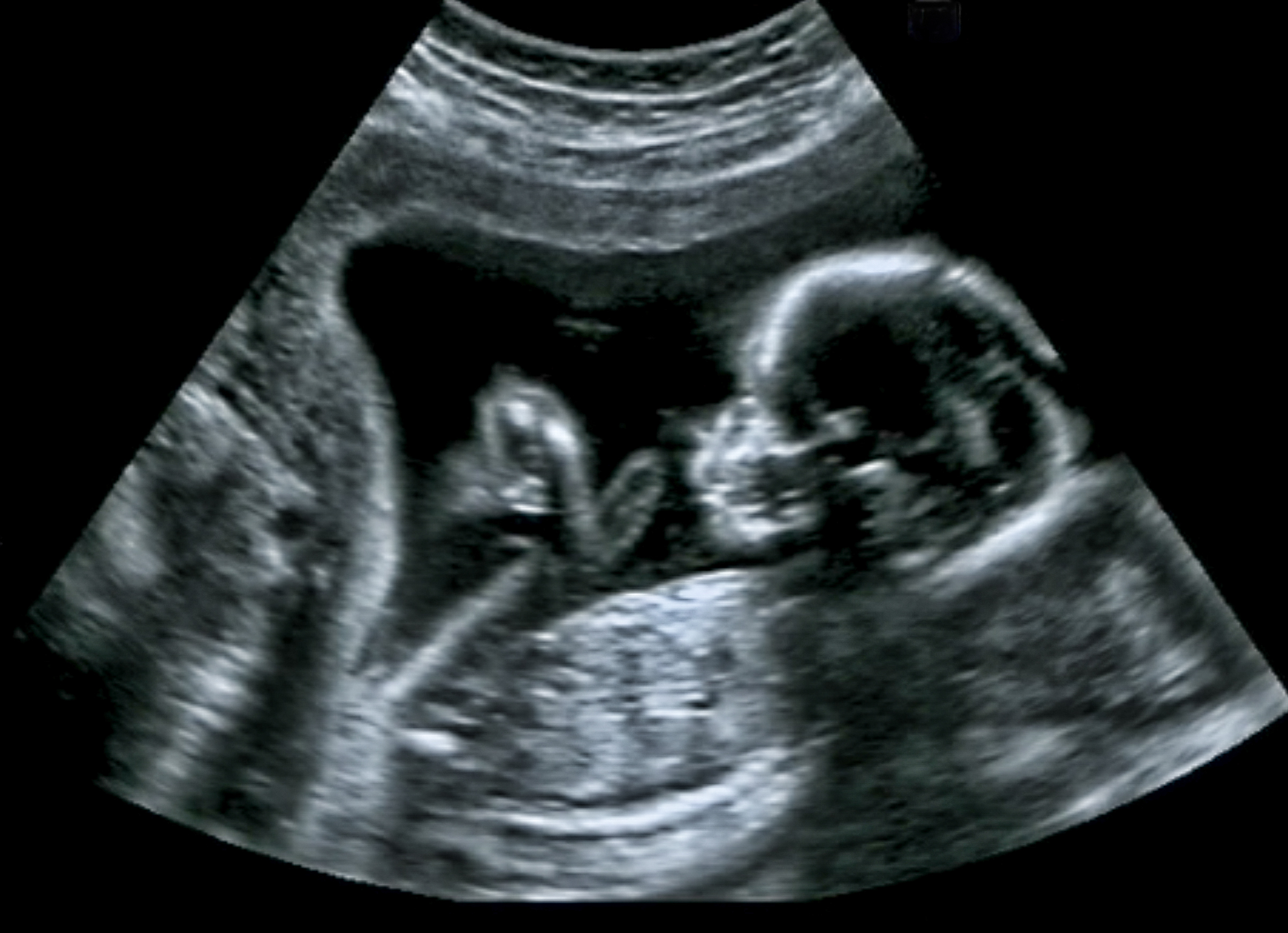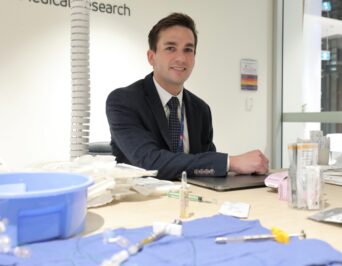
Research lead: Prof Jon Hyett
Research area: Obstetrics
Team: Sara Salehi (Research Registrar), Andi Vicente (Research Midwife), Kate Pendlebury (Research Midwife) and Jan Ardui (Obstetrician)
What was the health problem that led you to carry out your research?
Stillbirth is a devastating outcome, affecting 1 in 300 full-term Australian pregnancies. This rate has remained unchanged for 20 years, making stillbirth the most common form of child mortality in Australia. Predicting stillbirth is difficult. At the moment, risk is assigned according to factors like the size of the fetus and high-risk women are advised to have their baby earlier. However, this method is flawed. Up to 100 women may be induced to prevent one stillbirth. At the same time, only 30% of term stillbirths involve small fetuses – and only half of these will be identified through ultrasound.
Describe the research achievement and its impact.
Our previous research in pre-eclampsia screening demonstrated significant benefits of structured prenatal risk assessment, preventing 60% of pre-eclampsia cases before 37 weeks. This potentially translates to a 500 bed-day reduction in Neonatal Intensive Care Unit (NICU) admission and a 700 bed-day reduction in admissions to the Special Care Baby Unit (SCBU). This research has been incorporated into Liverpool’s clinical program, significantly decreasing maternal and infant mortality and morbidity in at-risk pregnancies.
We are now applying this approach to prevent stillbirth. Our research explores whether a rapid biochemical assessment of placental function using a biomarker can monitor fetal wellbeing in the last four weeks of pregnancy. Traditional biochemical tests take at least 4-6 hours for results. We are investigating a newer assay technology for point-of-care testing, or ‘bedside assessment’, providing results within 30 minutes. This information can immediately inform patient care. We are working with Revvity, who have produced a portable ‘desktop’ machine that allows measurement of a placental
protein, Placental Growth Factor (PlGF), from a finger prick blood test and gives a quick result. We are testing the effectiveness of PlGF measurement in four high-risk groups: women with pre-eclampsia/fetal growth restriction, reduced fetal movement, diabetes in pregnancy, and those being induced for post-dates pregnancy. We have collected 500 of the 2,000 samples needed to demonstrate the correlation between abnormal PlGF and adverse outcomes and are planning a larger trial with 20,000 women to establish the effect size.
How was the work unique or pioneering?
Developing a biomarker test to better identify high-risk pregnancies allows for more accurate clinical decisions regarding induction, reducing unnecessary inductions. To our knowledge, we are the only group currently using this point-of-care testing technology. Collaborators include Campbelltown, Fairfield, and Liverpool Hospitals, SWSLHD, the Department of Obstetrics and Gynaecology at Western Sydney University, and Revvity.
What is the broader implication of the research?
Our community, a lower socio-economic area with many CALD and refugee groups, often faces challenges in accessing care. This research improves care quality and access for disadvantaged women and ensures healthy pregnancy outcomes. This screening process is more equitable and is more appropriate for rural and remote populations.
If bedside PlGF assessment proves better than current risk assessments, it could become standard practice at 37 weeks of gestation for all pregnant women. This would likely lead to more intensive surveillance and/or induction for 5–10% of women, while reducing induction rates and stillbirths in term pregnancies.




